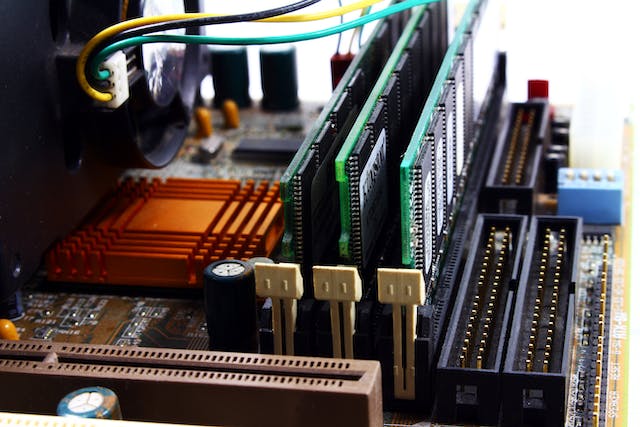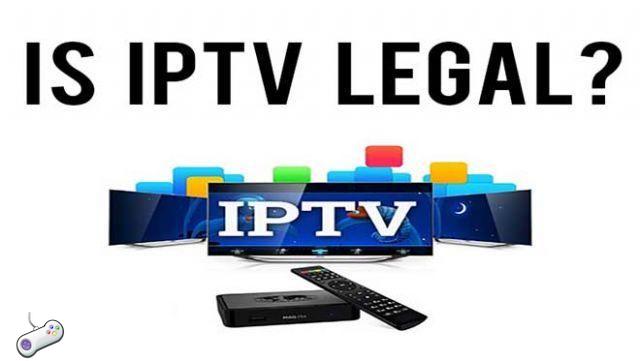In the vast landscape of digital connectivity, what is an ethernet stands as a fundamental pillar that enables the seamless exchange of information across networks. Whether you’re streaming a movie, conducting a video conference, or gaming online, Ethernet quietly plays a crucial role in facilitating the transfer of data. In this blog post, we’ll delve into the intricacies of Ethernet, exploring what it is, how it works, and its significance in our interconnected world.
Defining Ethernet
Ethernet is a family of networking technologies used for local area networks (LANs). Developed in the 1970s by Xerox, Ethernet has evolved over the years and has become the most widely used standard for wired local area networks. It operates on the data link layer of the OSI model and is known for its reliability, scalability, and efficiency.
How Ethernet Works
At its core, Ethernet relies on a protocol that governs how data packets are placed on the network and how devices communicate with each other. The most common form of Ethernet today is based on the IEEE 802.3 standard, which outlines the rules for transmitting data over the network.
Ethernet uses a protocol called CSMA/CD (Carrier Sense Multiple Access with Collision Detection). This means that devices on the network listen to the “carrier” (the network cable) to determine if it’s clear before transmitting data. If two devices attempt to transmit data simultaneously, a collision may occur. In such cases, the devices involved in the collision pause and then reattempt to transmit after a random backoff period.
Physical Connections
Ethernet relies on various physical media for data transmission, including twisted-pair cables, fiber optics, and coaxial cables. The most common type of Ethernet connection is through twisted-pair cables, with the two predominant categories being Cat5e and Cat6 cables. These cables are used to connect devices like computers, printers, and routers to form a local network.
Ethernet in Action
In a typical home or office setup, Ethernet allows multiple devices to communicate with each other and share resources like printers, internet connections, and files. Ethernet’s high data transfer rates make it suitable for bandwidth-intensive applications, such as streaming high-definition videos or online gaming, where a stable and fast connection is essential.
Evolution of Ethernet
Ethernet has undergone several advancements to keep up with the increasing demands of modern networking. Gigabit Ethernet, 10 Gigabit Ethernet, and even faster standards have emerged, providing faster data transfer rates and improved performance. Power over Ethernet (PoE) is another innovation that allows devices like IP cameras and VoIP phones to receive power and data over a single Ethernet cable.



